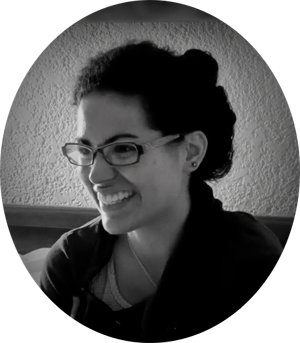Keep exploring here
Pow-wows are celebrations of Indigenous dances, music, foods, and crafts. They merge ceremonial and social elements, and represent a time and space to foster cultural pride, to enrich traditional heritage, and to celebrate resilience and healing. It's also an opportunity for cross-cultural sharing, including all Nations (Indigenous and non-Indigenous) and generations. In Canada, the 1876 Indian Act obstructed the celebration of powwows by restricting Indigenous peoples’ right to conduct cultural and spiritual ceremonies and wear traditional outfits. Read more about the history of pow-wow here.
First part: Dancing

Second part: Drumming

Two kinds of pow-wow

[French recording]
Ivanie Aubin Malo«The pow-wows are Indigenous gatherings, but it’s also open to non-Indigenous. Yes, non-Indigenous people are welcome. There are competitive and traditional pow-wows. In the competitive pow-wows, the dancers and the drummers have numbers, and in the traditional pow-wows, they don’t. That’s the main difference. Competitive, some people win, traditional ones there are no winners, everyone wins. In the pow-wows, there is crafting, food, traditional songs and dances. There is also contemporary dance. Fancy shawl counts among the contemporary dances, but contemporary doesn’t mean new from this year. It means new from 1920.»
The example of Wendake
Guy explains what makes the site of the pow-wow in Wendake particular. Wendake is the only community of the Huron-Wendat Nation.
The power of the drums
Pow-wow of Odanak, July 2016 (video by Louise).
The healing drum
What is the healing drum and how do you work with it?
«I gave a name to my drum. I call him a psychologist-psychiatrist because it's the same thing at the end of the line. We use the healing drum to work our psyche, to work on the mind. With the psychologist, the psychiatrist, he'll make you talk. (...) If you take the drum, go under a tree that you love, and you gently drum with it... you think, you meditate and the answers come at some point. You consulted your psychologist, your psychiatrist and he gave you the answer through meditation, the tranquility. The energy of the tree, the energy of the soil, it has to help you make much more informed decisions.»
What does your healing drum look like?
«Mine is the ring plus the skin, but I drew a bear on the skin. Because the bear is the healing animal in the forest. I put feathers around, four great blue heron feathers. The heron is the bird of spiritual healing. You do not put random things like "let's put marbles, and decorate it like a Christmas tree. "No, no! You have to go with something which means something.»
How do you work with the children and the drum?
«When I work with children, especially with my grandchildren because it is with them that I have worked the most, it is easy to see the state of mind of a child with the healing drum. You give him the healing drum and you see the reaction he is going to have with it. Or you let your healing drum nearby for the child to use, and you let the child do. The way he is going to take it, the way he is going to use it, you are going to be able to immediately challenge him and do something with it.»
